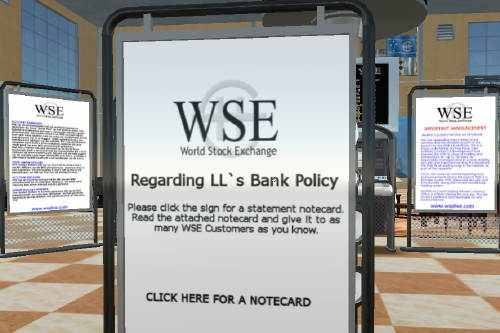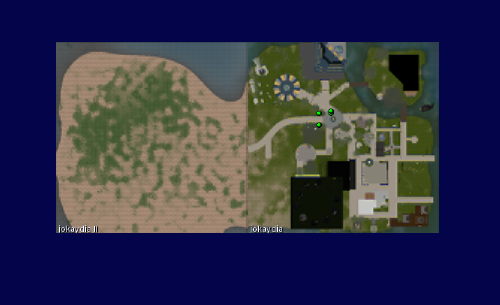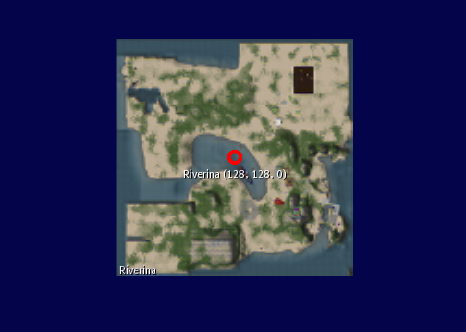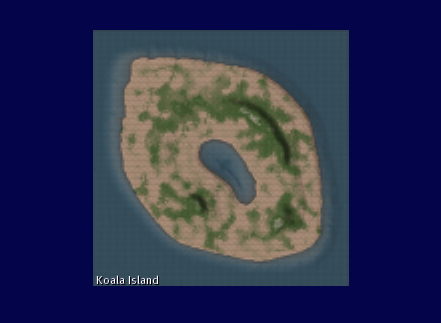After today’s arguably overdue intervention by Linden Lab in regard to virtual banking in Second Life, I dropped by the World Stock Exchange to see what was going on. There was only one other person wandering around and a very short notice from WSE about Linden Lab’s announcement.

The notecard states:
“LL has introduced a new policy on banks. The FAQ says that stock exchanges “may” or “may not” be included in this policy. We are currently investigating how this new policy affects the WSE’s operations and we will update the market once there is more news.
WSE – Management”
The pivotal question is: if WSE is found to be part of the new ruling on virtual banking, how will investors on the exchange get their money back? And all criticisms of the WSE aside, expecting any financial institution to pay out to all investors at once is unfeasible.




Recent Comments